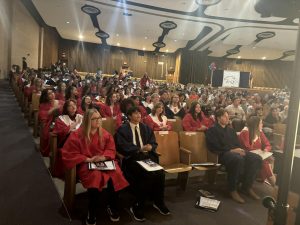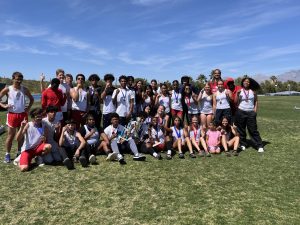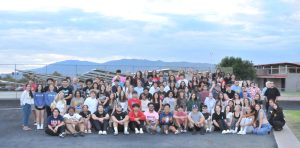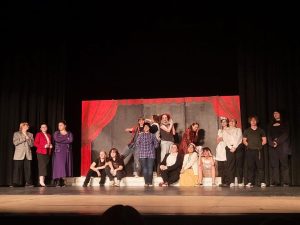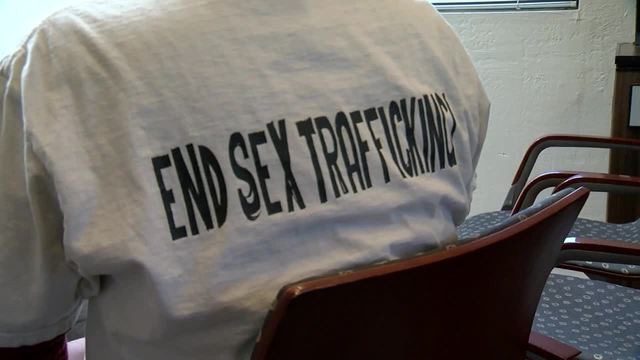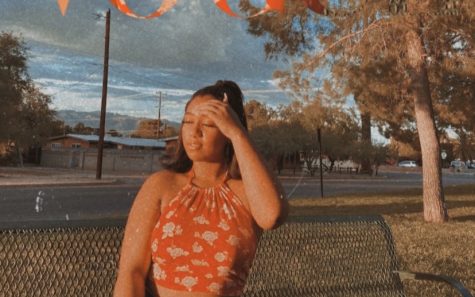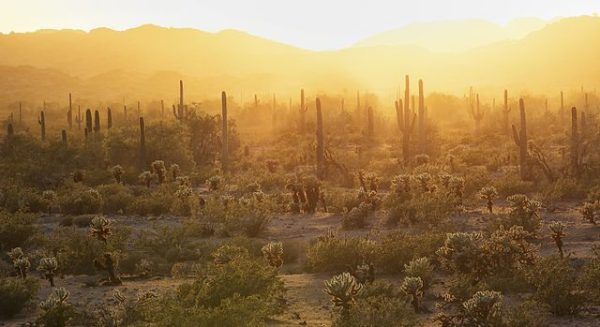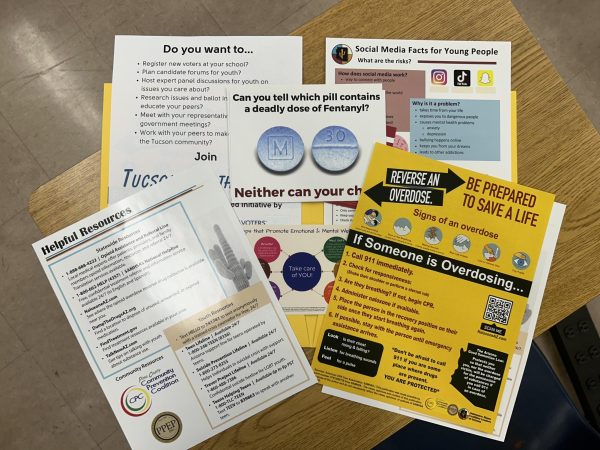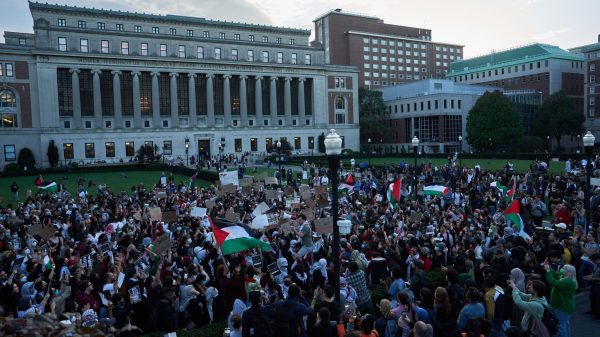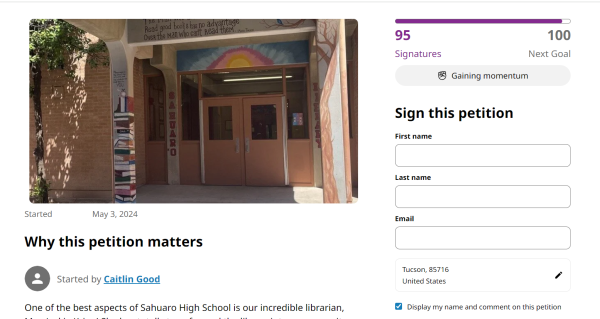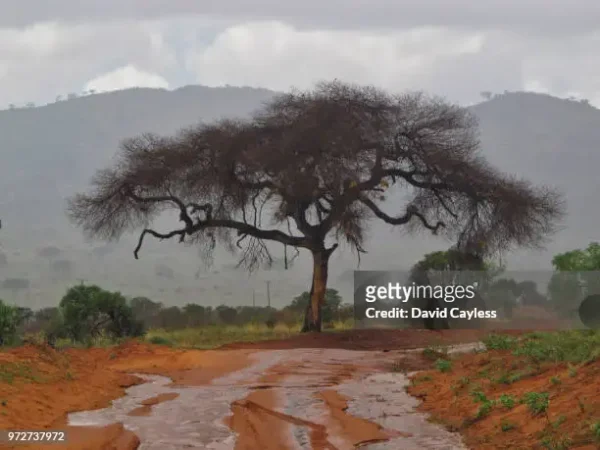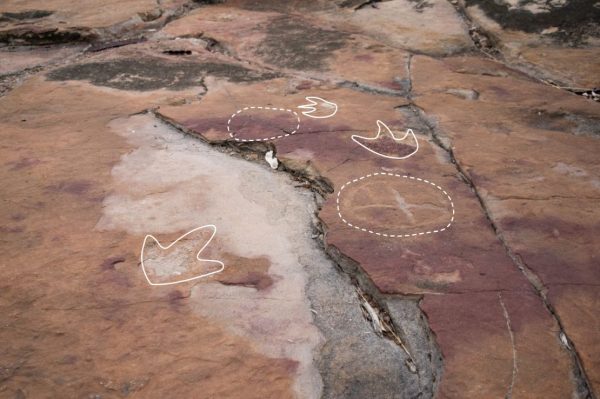Sex Trafficking: It’s Here and It’s Real
August 14, 2019
She was stripped away from her innocence and lived a life of pain and suffering. Kidnapped from her foster home at the age of 5 and sold to a powerful gang were she spent almost two decades enslaved, she told sources that “I went through the hardest thing of my life.” Her name wasn’t presented in the article, however sources did confirm that most of the years she was living without a voice, friends, or family. She lost the freedom of being a child. She never had the opportunity to go to school and missed the chance of learning how to read and write.
Every month, sometimes every week, she would wake up in a different city or state. She would lose track of where she was, and after 4 failed attempts to escape, she finally found freedom. A decade later, her new life brought her to Tucson, the place she now calls her “first-ever home.” In the Old Pueblo, organizations like CODAC have helped her recover and given her life a new purpose. Now she’s enrolled in school and hopes to get her G.E.D. for college and become a social worker to help those who have been in her situation.
Many other young children and women have been through the same traumatic experiences and were victims of human trafficking. In fact, another source states that,”The U.S. has its own sex-trafficking problem, with more than 32,000 cases reported in the past decade, according to the National Human Trafficking Hotline.” Each case represents a life being torn apart, lived under pain and suffering, without a voice, and defining women as unwanted castaways. Florida was ranked 3rd in the U.S. for the most human trafficking reports by state, with California and Texas closely behind.
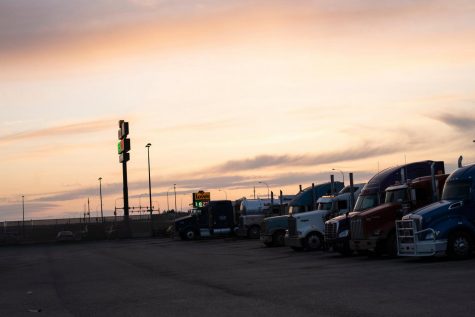
Human Trafficking is a form of modern slavery that thrives largely in every state because the victims are dismissed from society and are known as castaways. “The worst thing you could ever do with a problem like this is pretend it doesn’t happen, because it will fester and it will grow,” says former Senator Heidi Heitkamp of North Dakota. This is why it’s so important to be aware of what is happening in our communities.
Windie Lazenko has suffered from human trafficking as well, at the age of 13, she too was taken in from a gang after running away from her abusive hometown in California. However she was convinced that this motorcycle gang would give her the shelter and protection she wanted.“I was in search of a family, and they provided me with a sense of value, however messed up,” she says. “I saw them as the people who had saved me, when they were actually the people who were victimizing me the worst.”
At the age of 16, Lazenko had been branded with a tattoo that read “property of” and was being showcased as an object rather than a human. Once the gang wanted her to recruit more females, she realized that there couldn’t be more innocent individuals in her position. So she ran away. Ever since then, Lazenko started working with anti-trafficking organizations in 2007 and in 2012 she was working for a support organization for human-trafficking survivors in Florida.
Both the young girl and this women experienced traumatic events that led them to where they are today, and thanks to these organizations, many other young females have been rescued from their pain and suffering as well. People will see these remarkable women as survivors instead of victims. From now on we’ll remember H.O.P.E. Hold On, Pain Ends.

